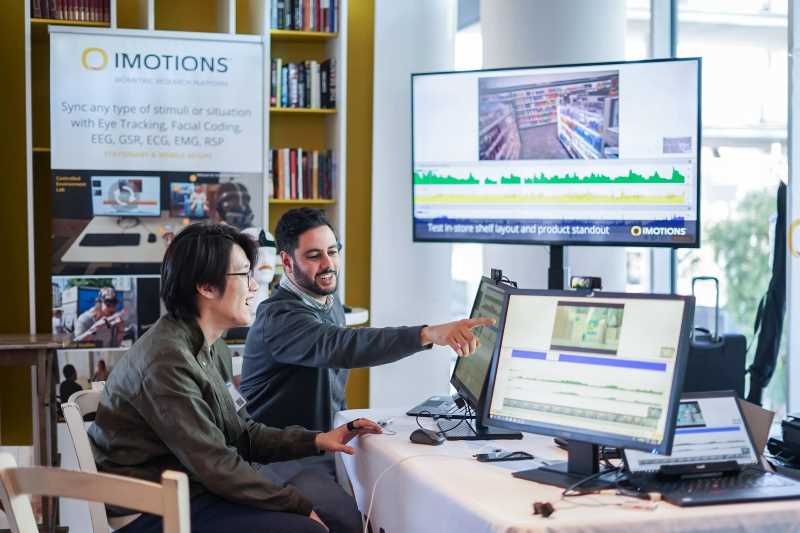Joint decision making in team interaction is key to successful healthcare. In such a context, the leader’s rejection of a colleague’s proposal could happen, which could be face-threatening (Brown and Levinson in Politeness: some universals in language usage. Cambridge University Press, 1987; Goffman in Psychiatry 18:213–231, 1955). This chapter multimodally analyses team interactions in emergency care simulation in two different sociocultural contexts, Japan and the UK, capturing the moment when a team leader rejects a member’s proposal of future actions. Drawing on the notion of deontic authority (Stevanovic and Peräkylä in Research on Language and Social Interaction 45:297–321, 2012), the negotiation of their deonticity and epistemicity in interprofessional (intercultural) communication is cross-culturally investigated. Four simulation training sessions (two each on both sites) were filmed with video cameras and an eye-tracking device, which was worn by the team leader. In the four data sets, about 50 occurrences of members’ proposals were identified, most of which were accepted by the leader. On a few occasions, members’ proposals were rejected, most of which were accompanied by the leader’s accounting, displaying his epistemic primacy and deontic reasoning. Through these accounts, the leaders seemed to simultaneously reassured the proposers’ legitimacy and responsibility to contribute to joint decision making as a shared practice observed in the trauma team interactions in the two distinctive sociocultural contexts. However, a difference in the team dynamics was foregrounded between the Japanese and the British teams; the deontic rights were given to a proposer in the former while they were distributed by the leader in the latter.
Related Posts
-

Your Menu Is Your Most Powerful Marketing Asset
Consumer Insights
-

Measuring Pain: Advancing The Understanding Of Pain Measurement Through Multimodal Assessment
Ergonomics
-

Feeling at Home: How to Design a Space Where the Brain can Relax
Ergonomics
-

Why Dial Testing Alone Isn’t Enough in Media Testing – How to Build on It for Better Results
Consumer Insights



